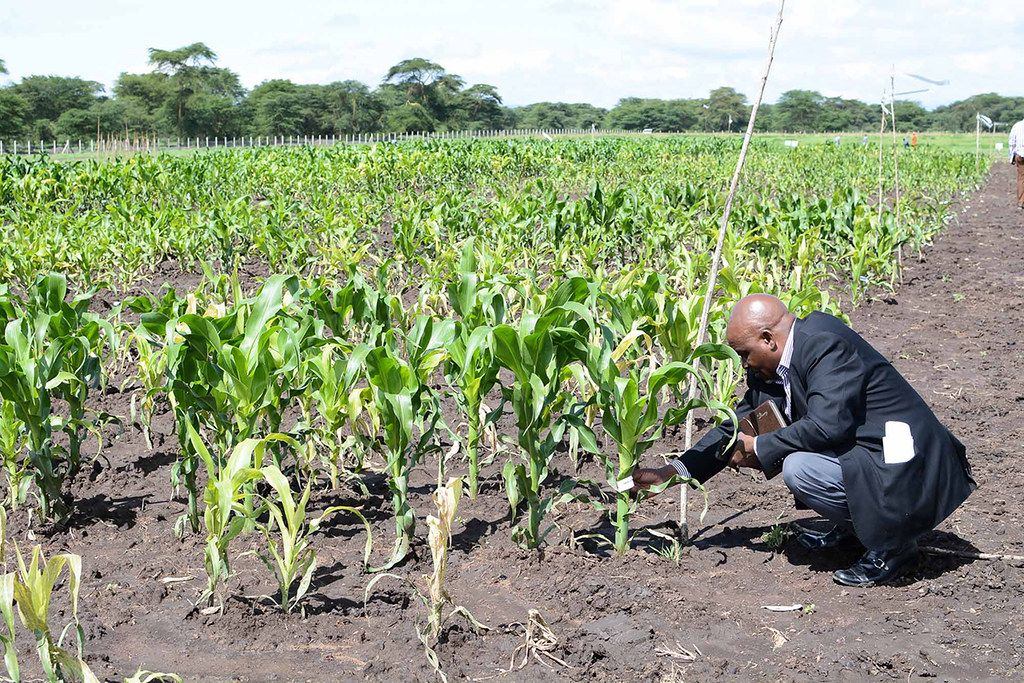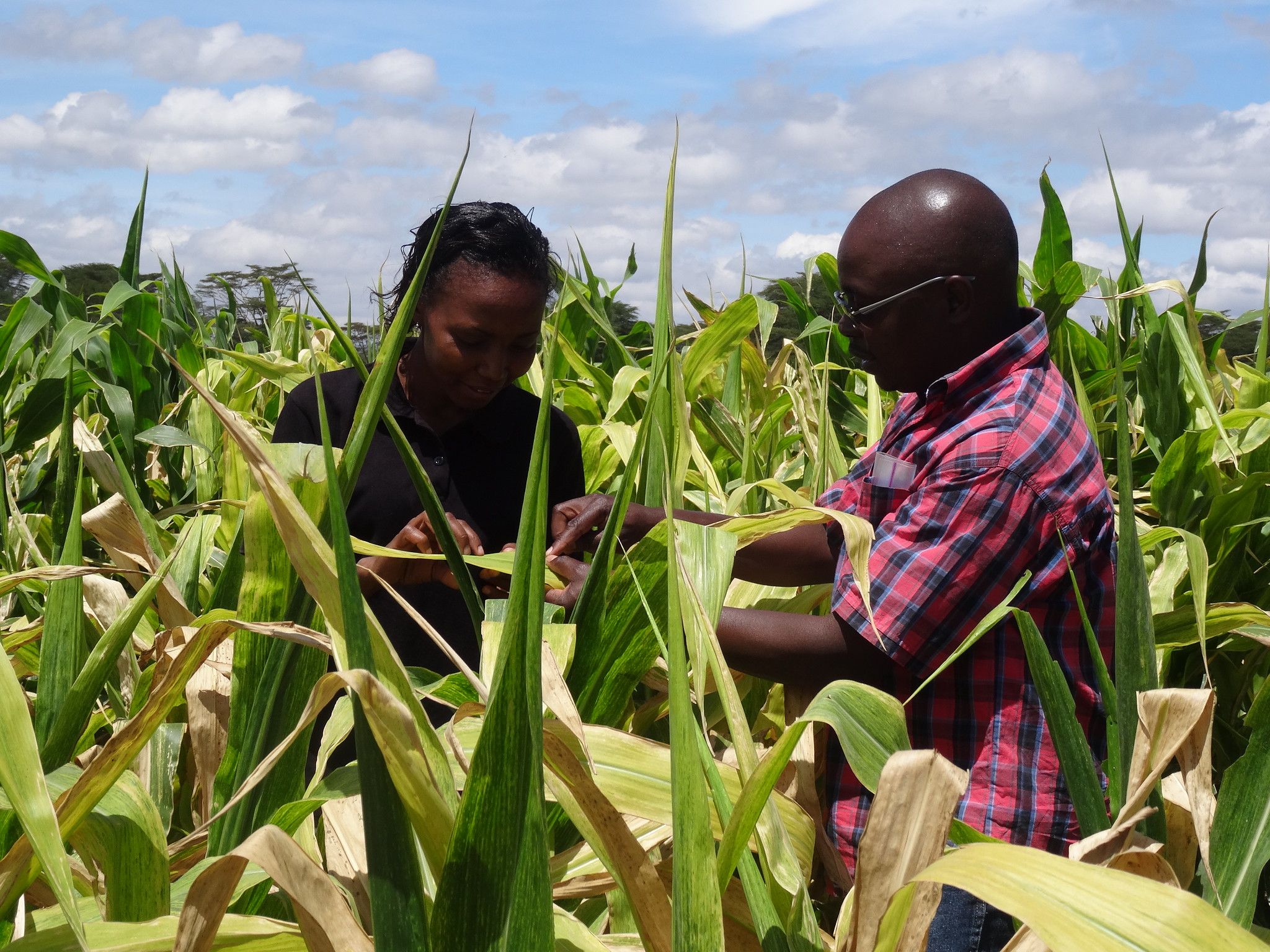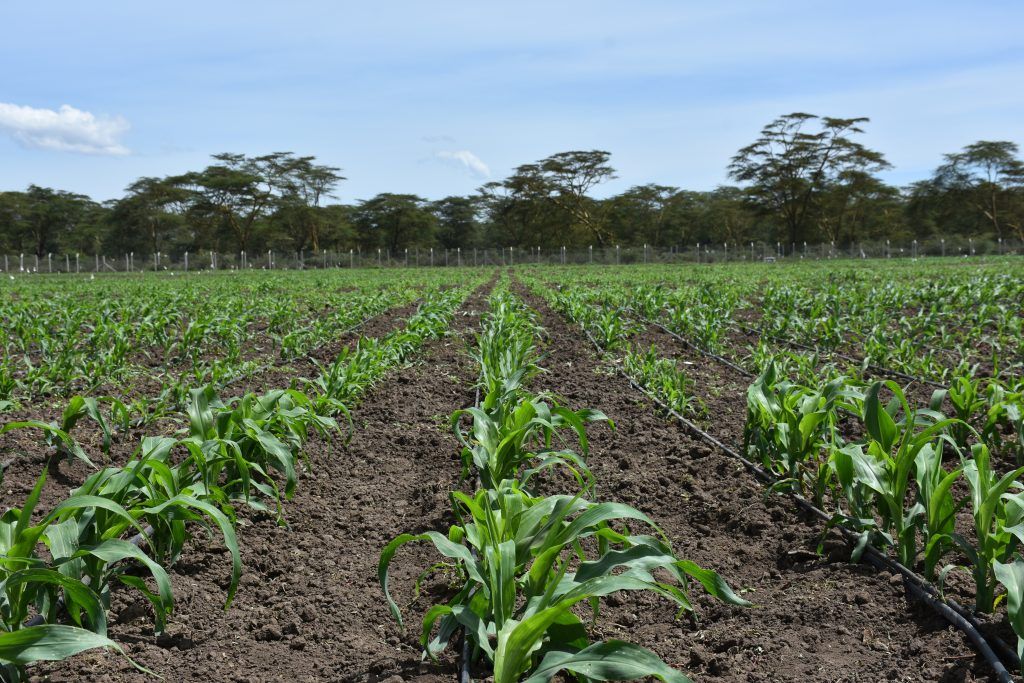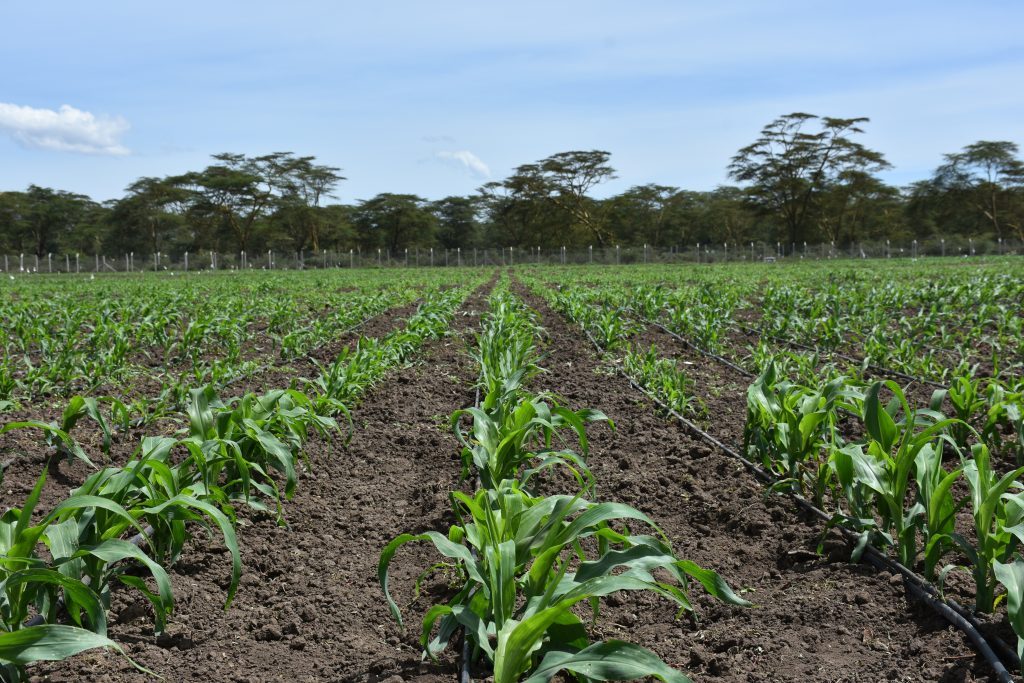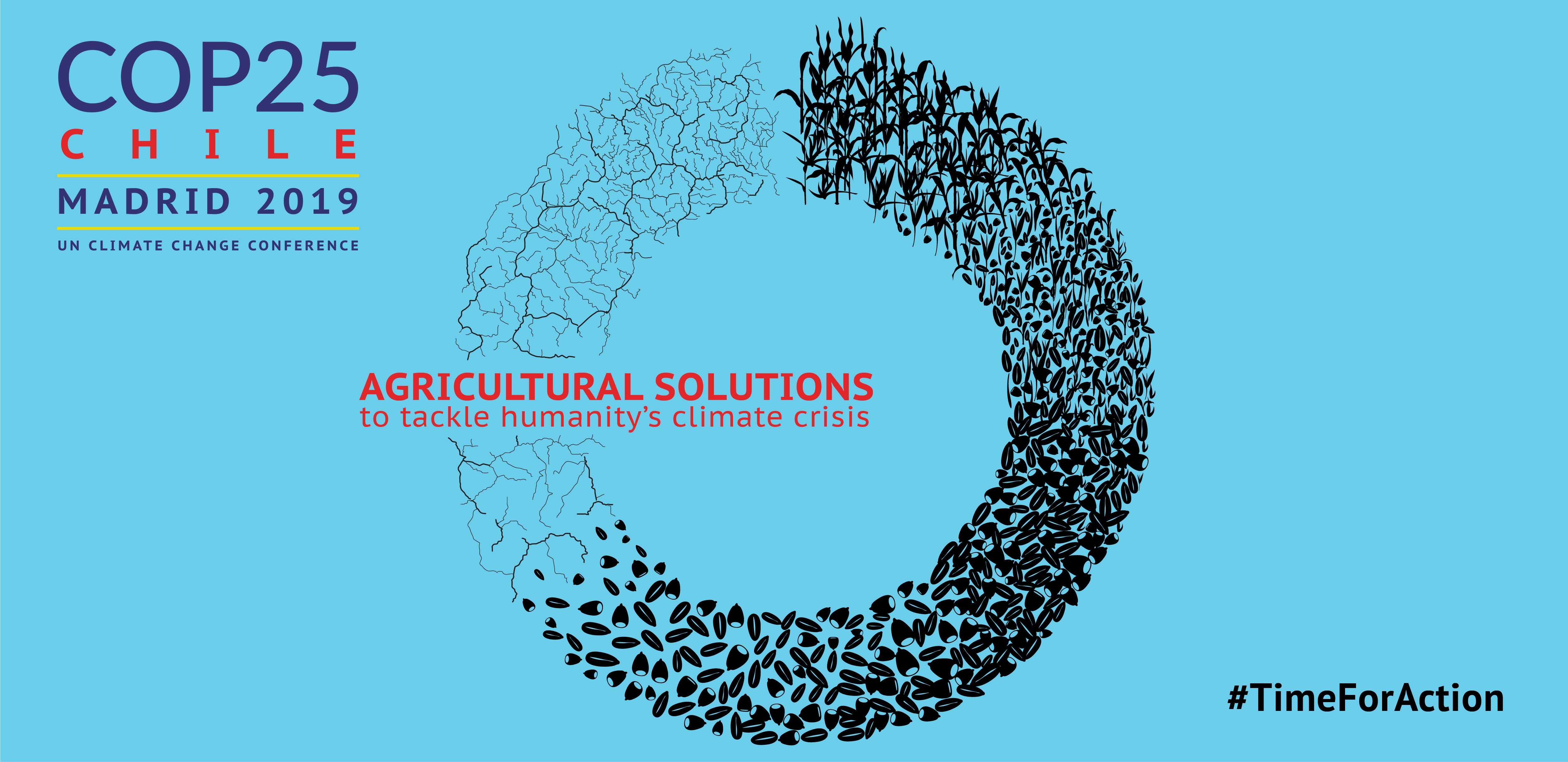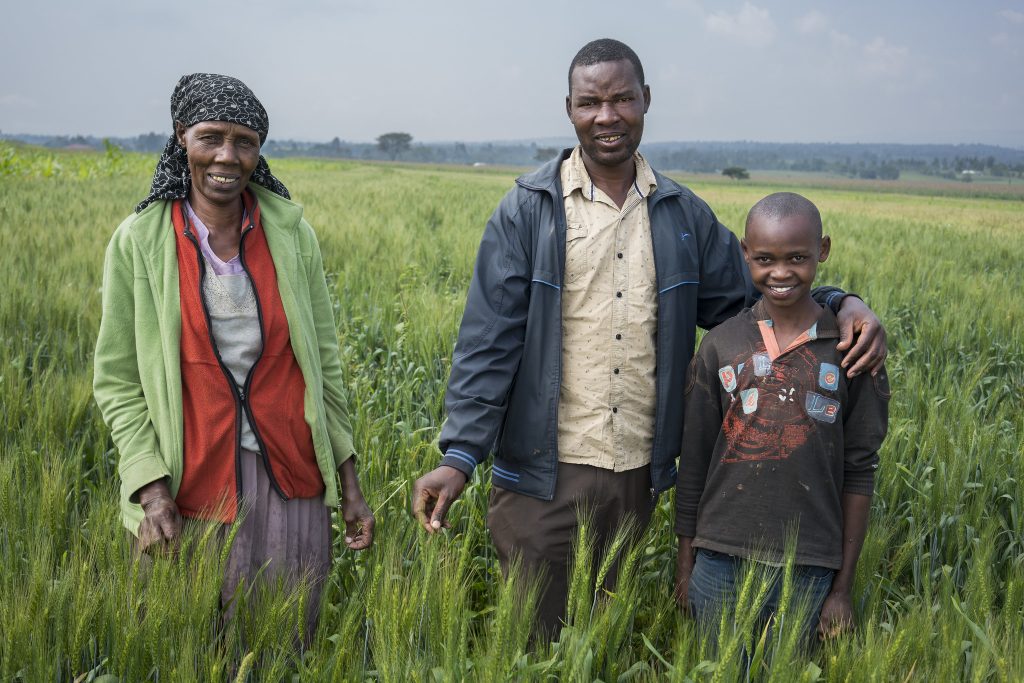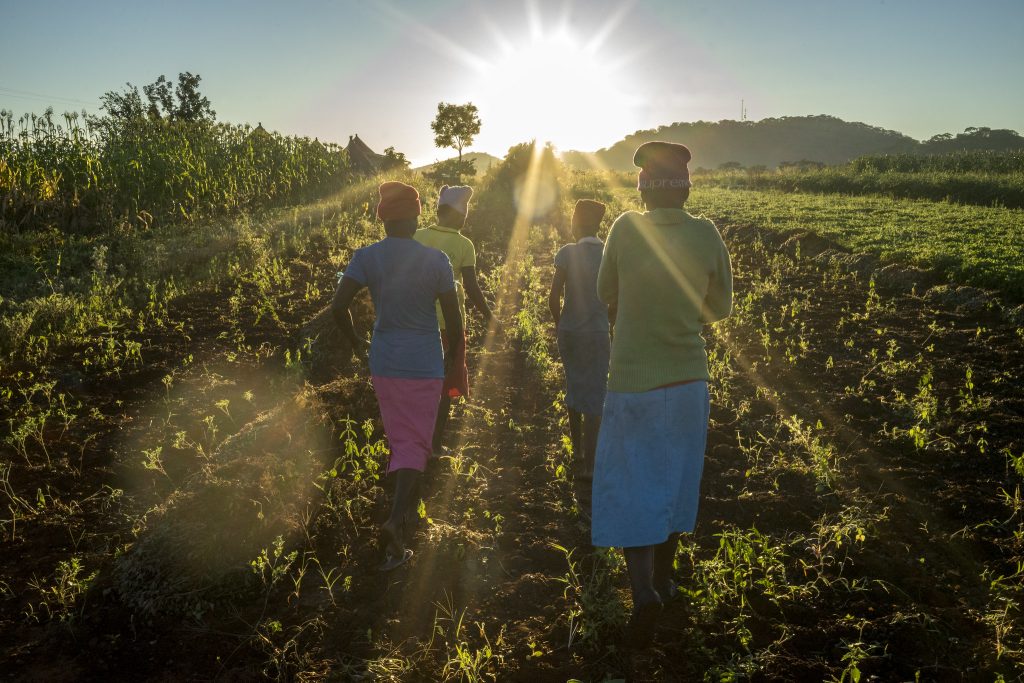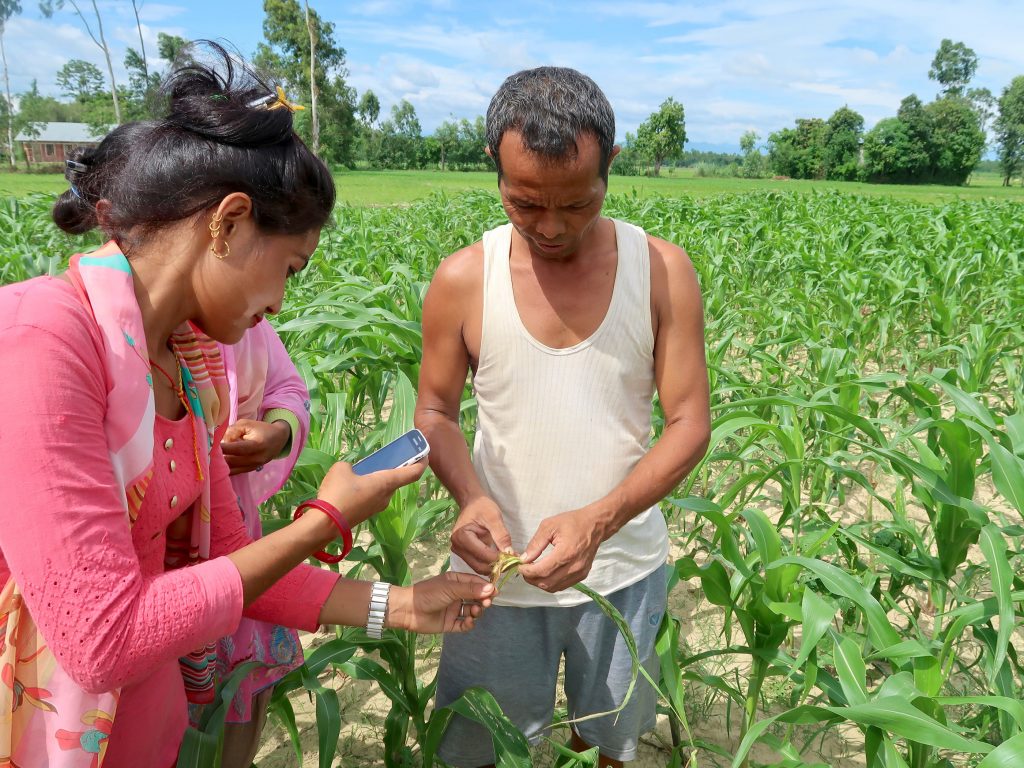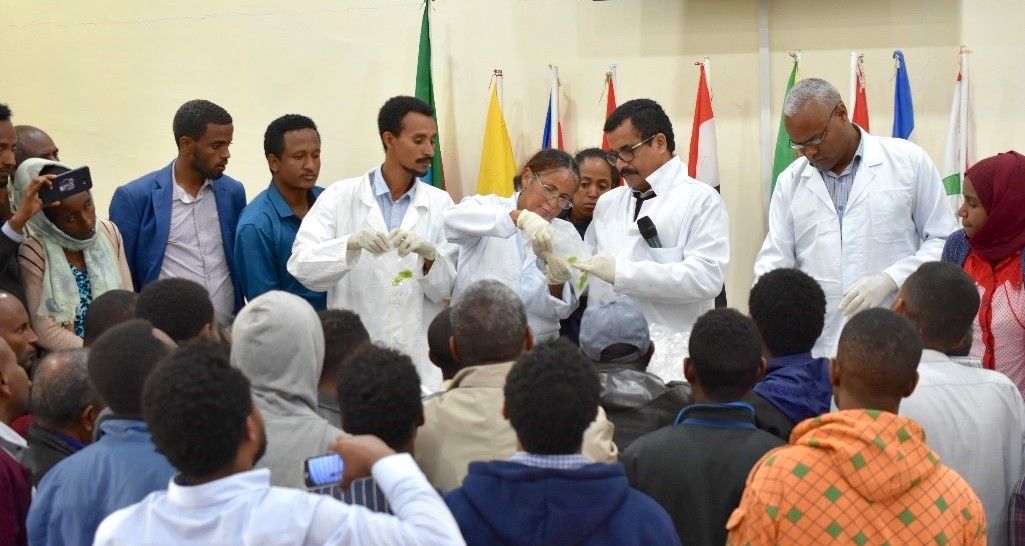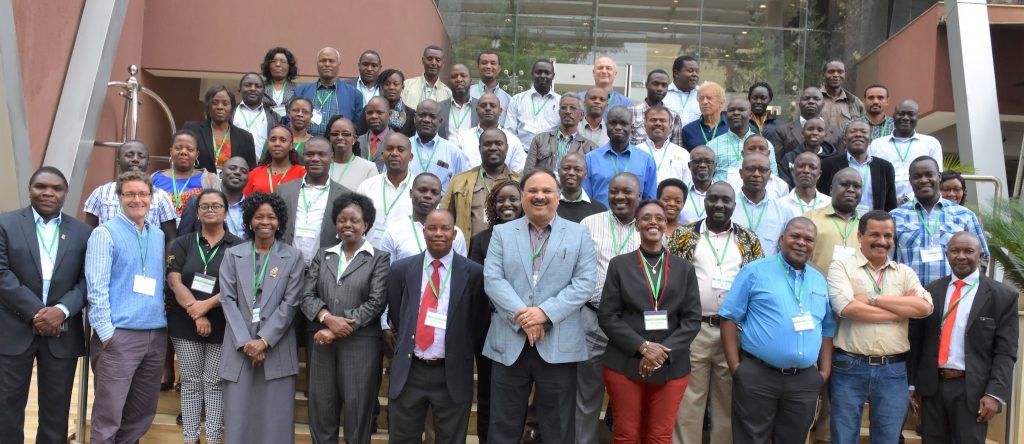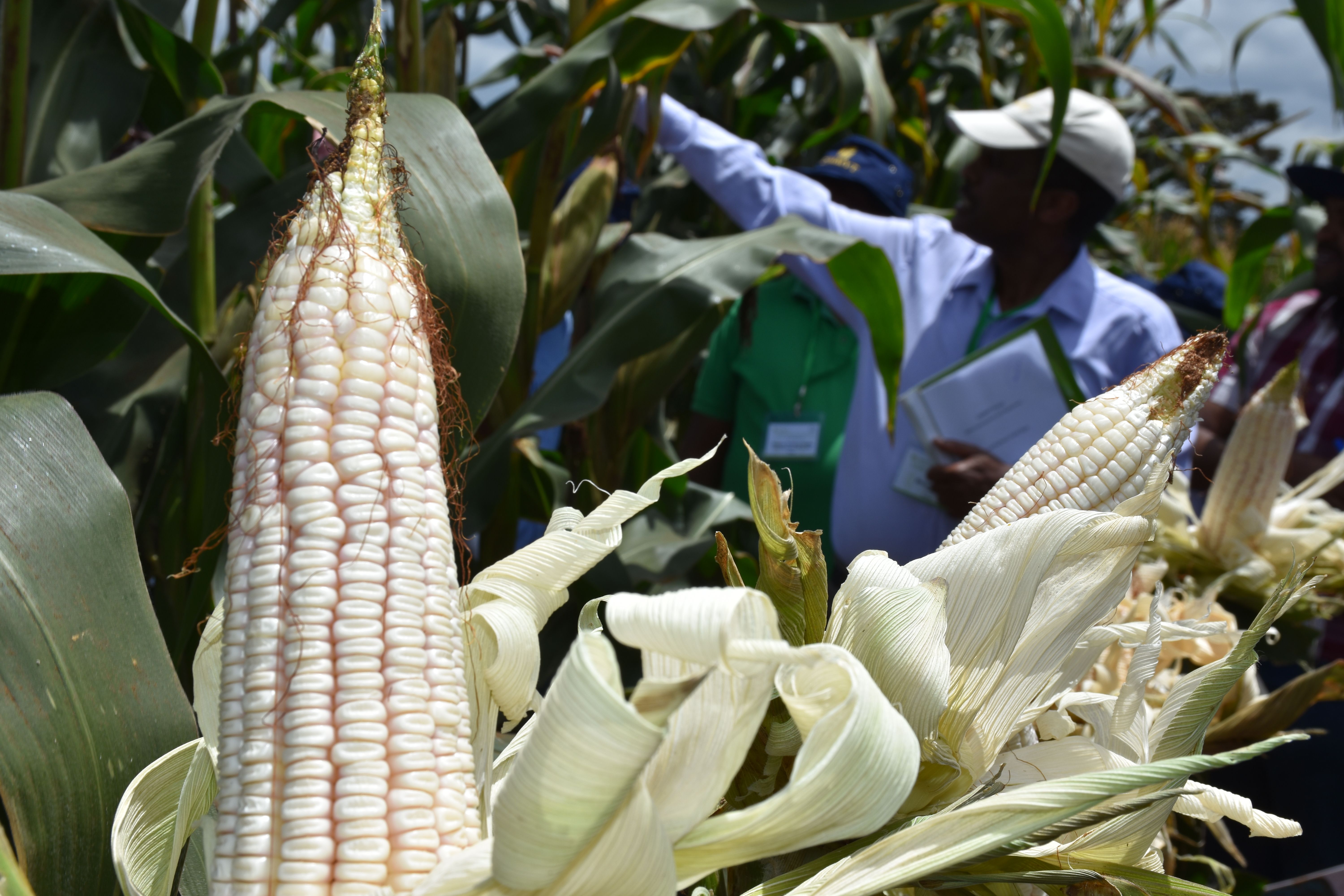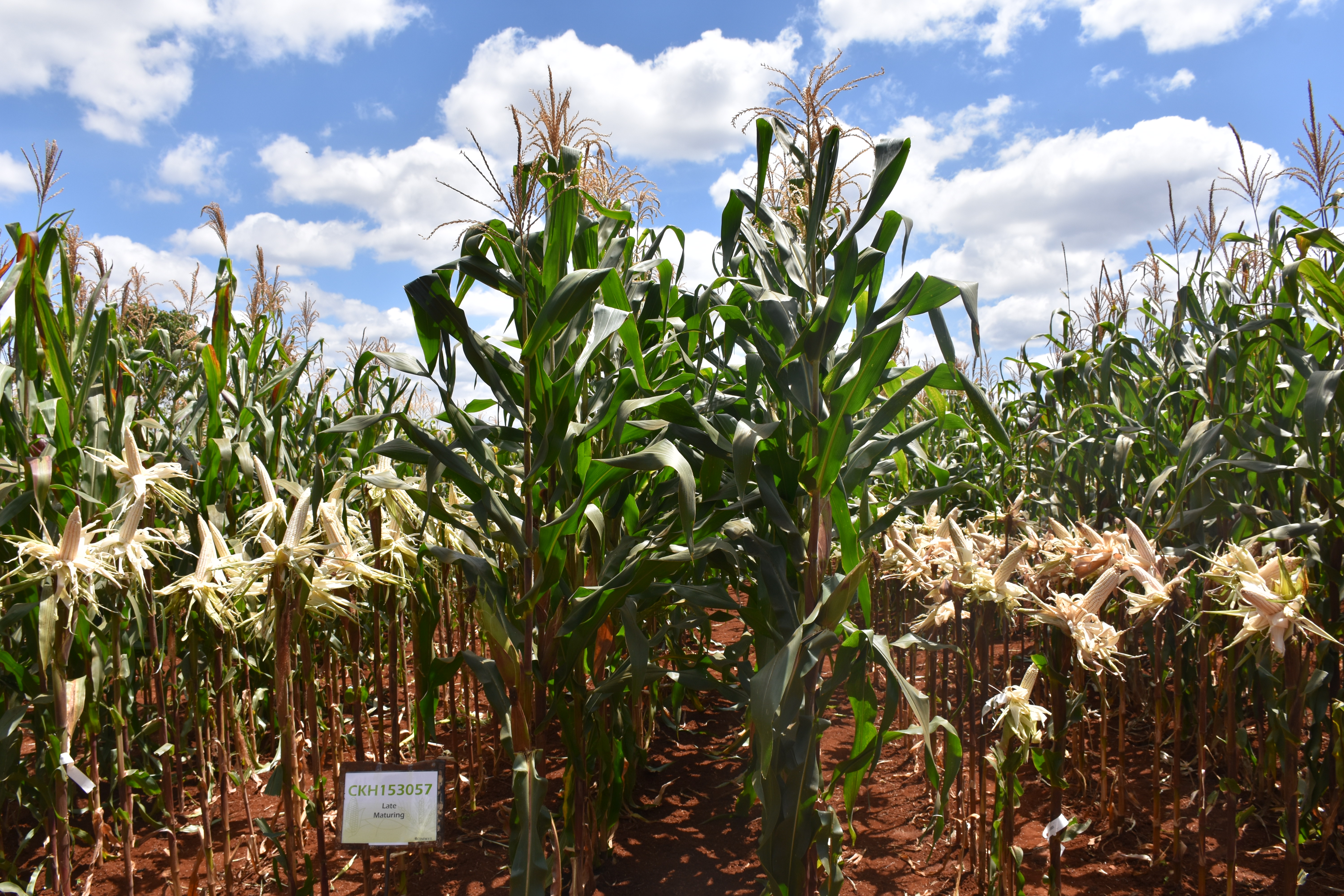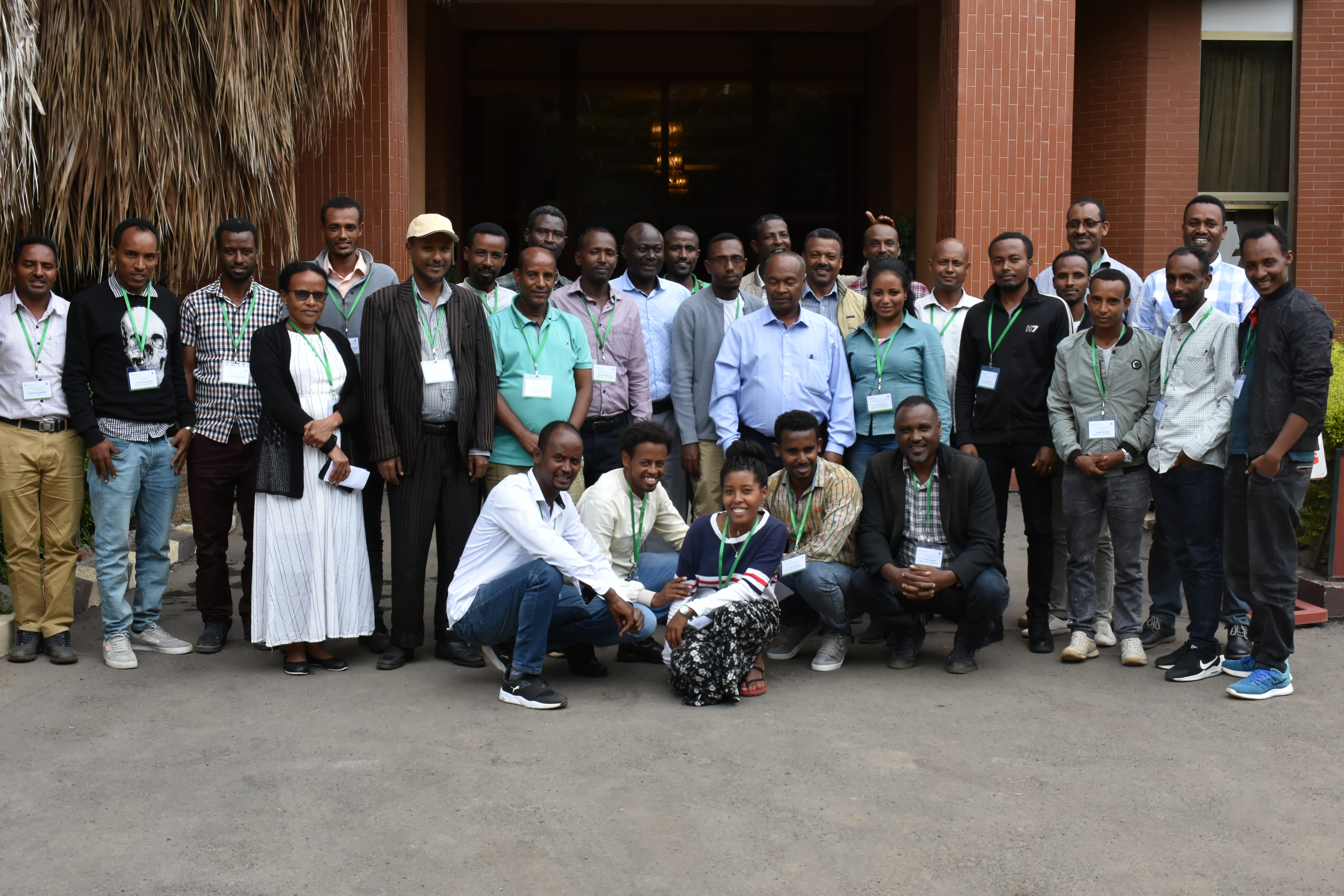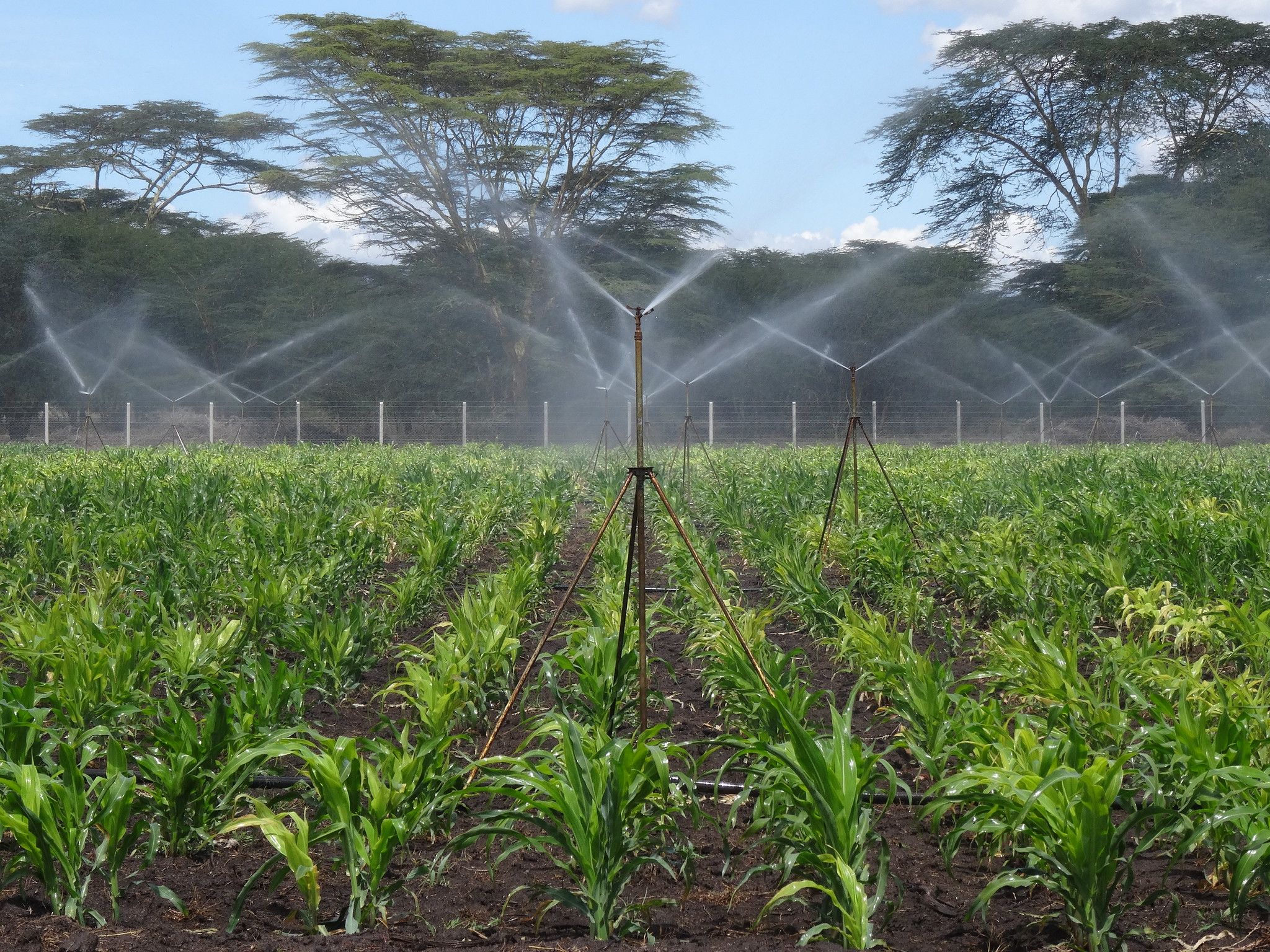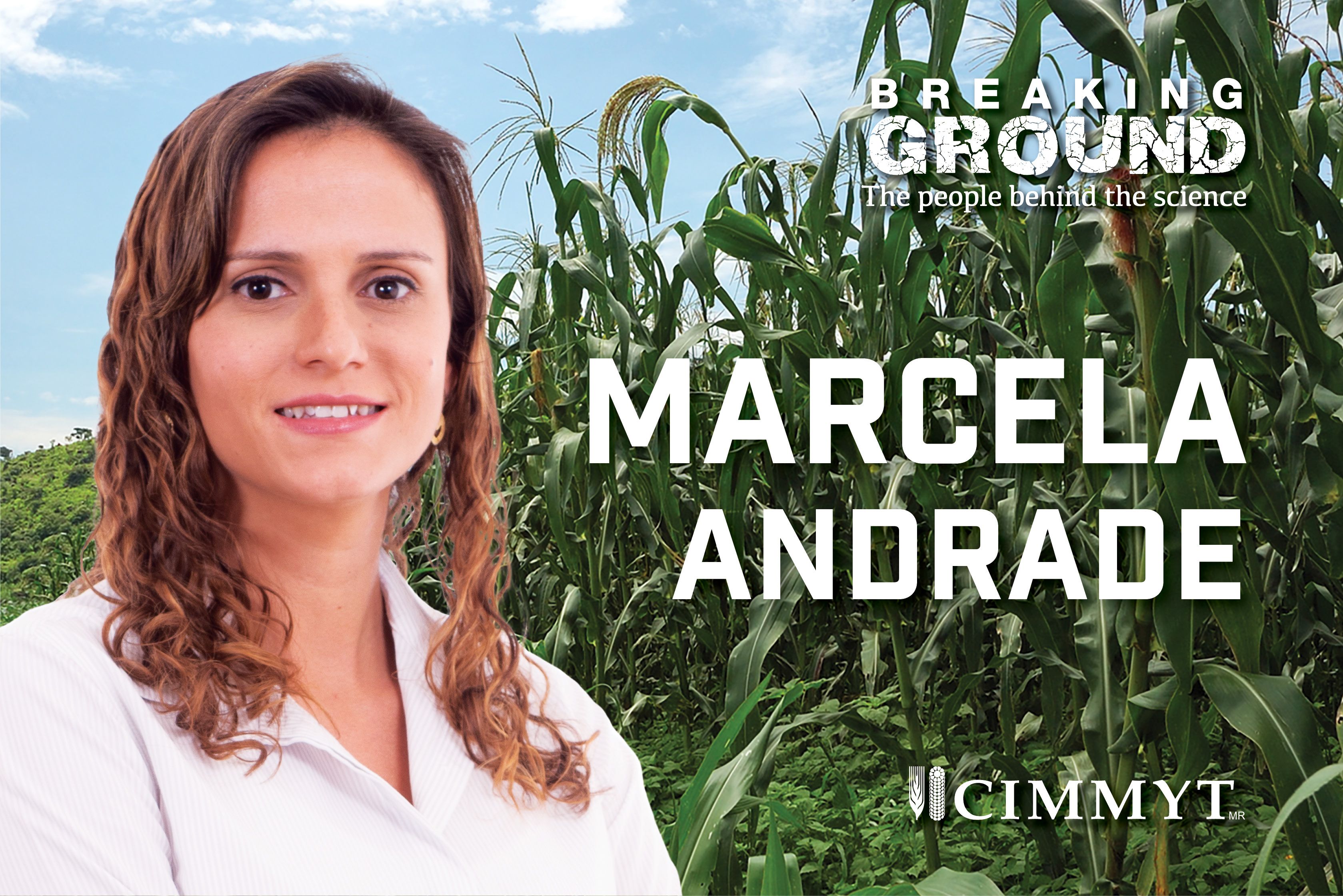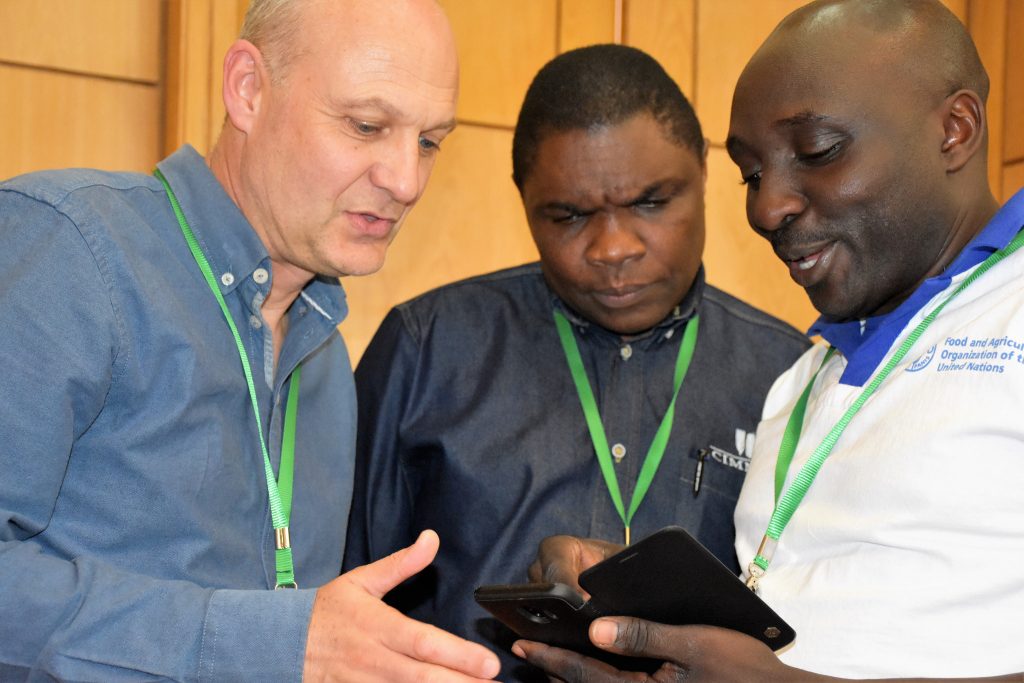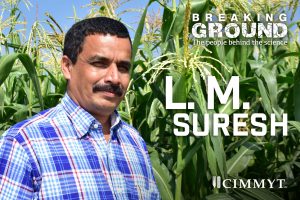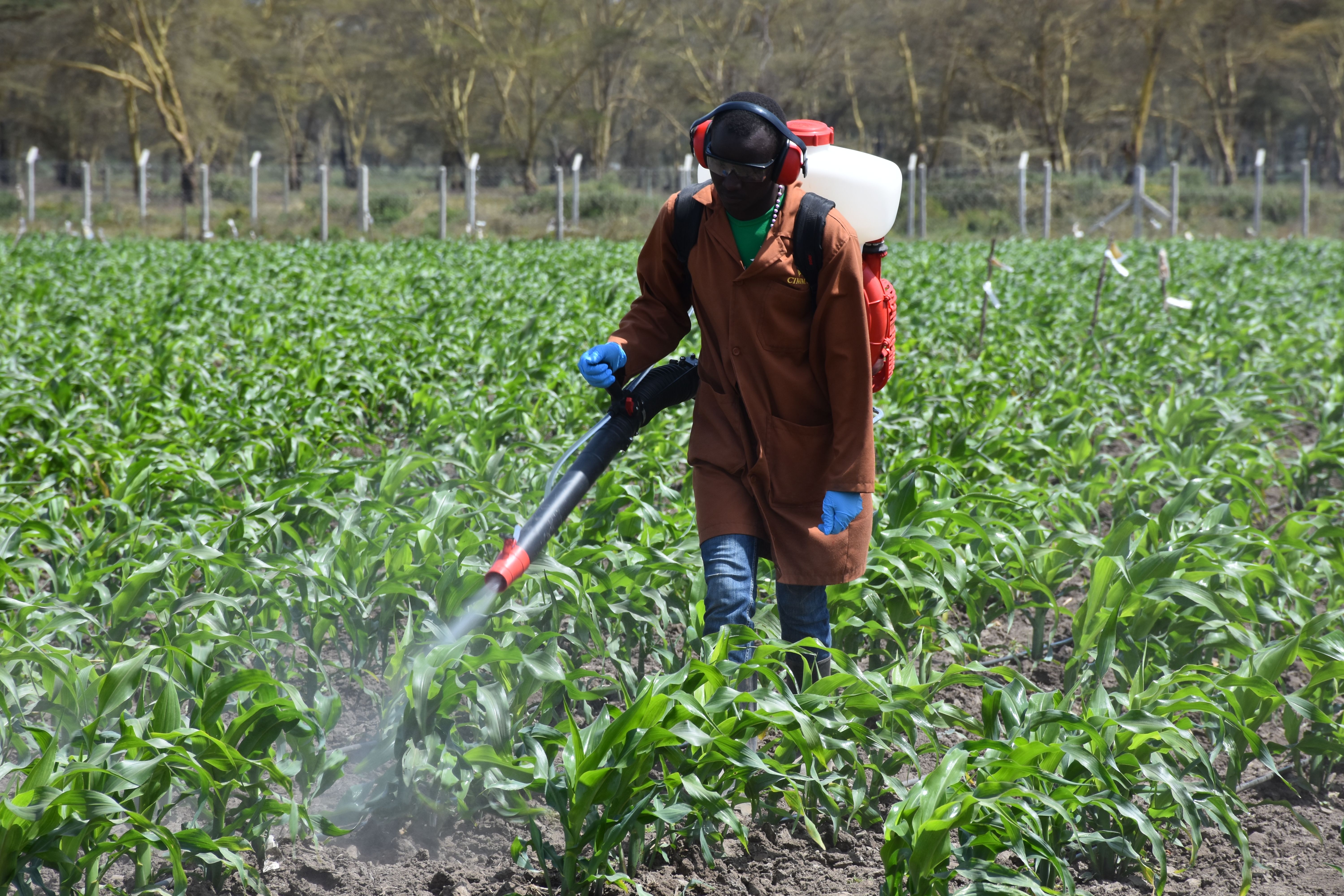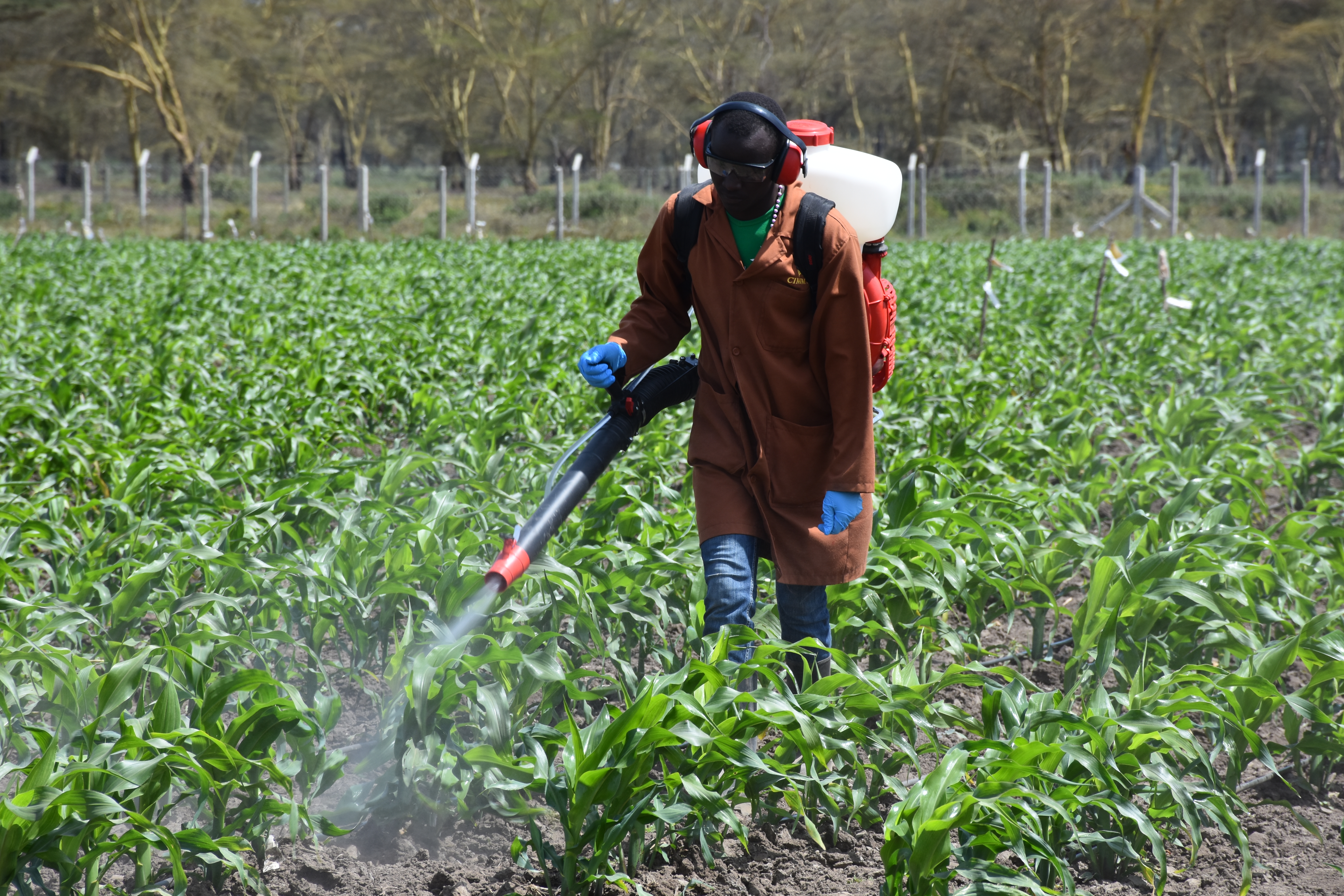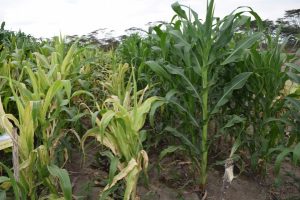Battling devastating viral diseases, also in plants
When a maize lethal necrosis (MLN) outbreak happened in Kenya in 2011, scientists knew they needed to act fast. This viral disease, new to Kenya, was decimating maize fields. Within a few years, the viral disease spread rapidly in eastern Africa, through both insect vectors and contaminated seeds. If the virus were to spread into southern or West Africa, it would spell disaster for the smallholder farmers across the continent who depended on maize as a staple crop and for their family’s income and livelihoods.
The International Maize and Wheat Improvement Center (CIMMYT) and its partners immediately took action to impose a strict seed quarantine and restrict the movement of seed between eastern Africa and other regions in Africa. In addition, they worked intensively on developing and disseminating improved maize cultivars with tolerance or resistance to MLN, undertook extensive surveillance efforts, and sensitized partners on the importance of producing and commercializing MLN-free seed.
Due to these efforts, in the last nine years MLN has not been reported in sub-Saharan Africa outside of eastern Africa.
On the occasion of a recent publication on Virus Research about how MLN was contained, we interviewed B.M. Prasanna, director of the Global Maize Program at CIMMYT and the CGIAR Research Program on Maize (MAIZE), to discuss the MLN success story, the global COVID-19 crisis, and the similarities in the challenge to tackle plant and human viral diseases.

What were some of the extreme measures CIMMYT had to take to stop the spread of MLN?
The first step that we had to take in the fight against MLN was to rigorously analyze seed for any possible contamination with MLN-causing viruses and restrict movement of seed from eastern Africa to southern Africa.
The second most important step was to sensitize the national partners and the commercial seed sector about the danger of seed contamination with MLN-causing viruses, and how seed contamination can lead to the proliferation or spread of the disease.
The third important step was to build a new MLN quarantine facility in Zimbabwe, in partnership with the National Plant Quarantine Institute. Only when that quarantine facility was functional in 2017, we reinitiated transfer of research material from CIMMYT’s breeding hub in Kenya to CIMMYT in Zimbabwe. Only when the materials were certified to be MLN-free both in Kenya and Zimbabwe, through plant-by-plant analysis using immunodiagnostic kits, the seed was multiplied and further distributed to partners. So, the principle of containment and effective management is extremely important, whether it is a plant viral disease or a human viral disease.
We must note here that in terms of scale and intensity, as well as global effects and implications, any plant disease, including MLN, cannot be compared with a pandemic like COVID-19, which has affected every aspect of our lives.

How do you think the COVID-19 pandemic is going to impact our food systems?
We are indeed in a grim situation. The pandemic will undoubtedly have a serious effect on food security.
Many countries which do not have enough food reserves or those where the food systems are vulnerable to shocks like this are suffering. The people’s capacity to procure inputs for agriculture, including seed, is going to be affected too, as the markets are affected. This is really a serious situation that we all should be concerned about. The CGIAR has an important role to play, in terms of working closely with national partners and mitigating the impact of COVID-19 on agriculture.
We should be particularly worried about farmers, especially smallholder farmers, who are quite vulnerable to the ongoing challenge. Even without COVID-19, agriculture in many developing countries worldwide has been already under distress. Small and marginal farmers were often unable to find a market for their produce and earn sufficient income to support their families. Their livelihoods are fragile, and vulnerable to climate change and volatile market prices. The ongoing COVID-19 crisis is unfortunately compounding the crisis.

What lessons can agricultural research learn from this pandemic?
What do these pandemics or epidemics teach us? They remind us that systems need to be in place to prevent the proliferation of such diseases, whether it is plant diseases or animal diseases or human diseases. No country can be considered completely safe, and such diseases do not discriminate between a developed and a developing country, or the rich and the poor.
The second most important lesson is emergency preparedness. Whenever such devastating transboundary viral diseases show up, how quickly the country can respond — containing that infected area and not allowing the disease to spread, and then mitigating the damage systematically and quickly — is key. This is not the first time that a disease like MLN has emerged. There could be more serious viral or fungal diseases that could emerge in the future due to various reasons, including changing climates, international trade, movement of human beings, air currents, etc. There are multiple ways that diseases can go across continents, across countries within a continent, and within countries. Therefore, the key is how well we can capacitate the national systems to be able to proactively prevent, detect, and intervene very fast.
Another big lesson here for agricultural systems is that a problem that happens in some other continent cannot be ignored because you work in a different continent. What COVID-19 shows is that the world is far more connected than we think.
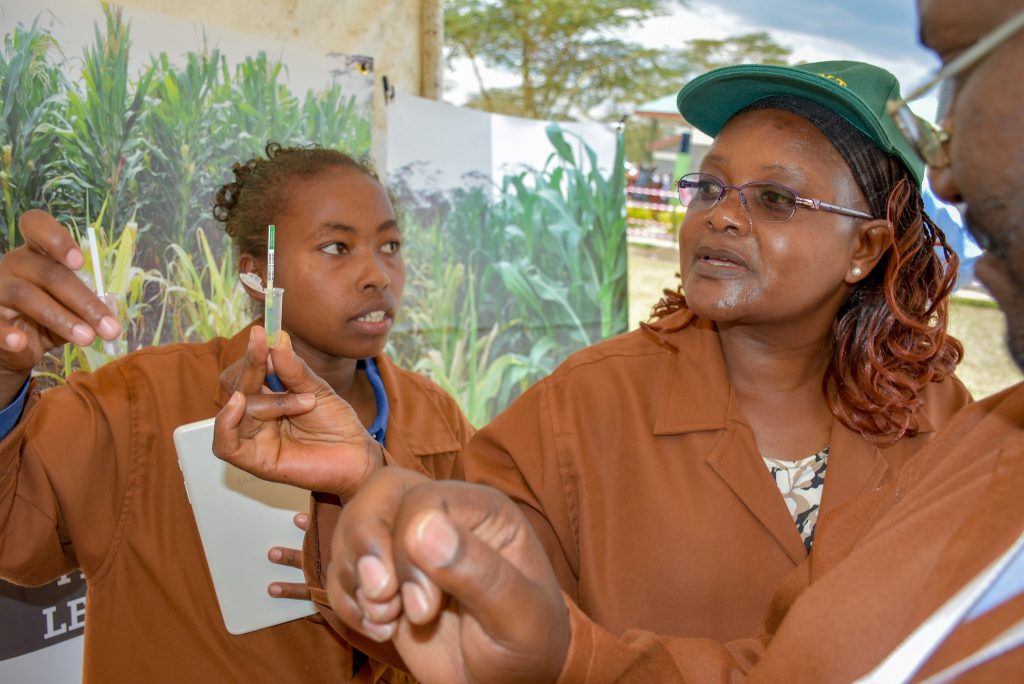
For you, what is the biggest takeaway from the MLN success story?
I won’t say it is still a complete success. Through intensive partnerships and efforts, we were able to prevent the disease from devastating maize production in millions of smallholder farmers’ fields in sub-Saharan Africa. Since 2014, there has been no new country in Africa — outside eastern Africa — that has reported an outbreak of MLN. That, to me, is a tremendous success.
The work is still not over. The journey has to continue. And we still need to make sure that countries are continuously protected from devastating diseases like MLN. MLN is still not eradicated from eastern Africa. It may not be even possible to completely eradicate this disease, as the two viruses that together cause it can survive not just on maize but on multiple grasses. We can however contain the disease and limit its impact through continued efforts, like what we have done for the past 7 or 8 years. But if we lower our guard, there is a very high likelihood that the disease can still spread to other countries in sub-Saharan Africa, especially the major maize-growing countries in southern Africa or West Africa. Efforts need to continue. So, let us continue to maintain a high vigil to protect the smallholders in Africa from transboundary diseases like MLN.
Read the full article on Virus Research:
Maize lethal necrosis (MLN): Efforts toward containing the spread and impact of a devastating transboundary disease in sub-Saharan Africa

